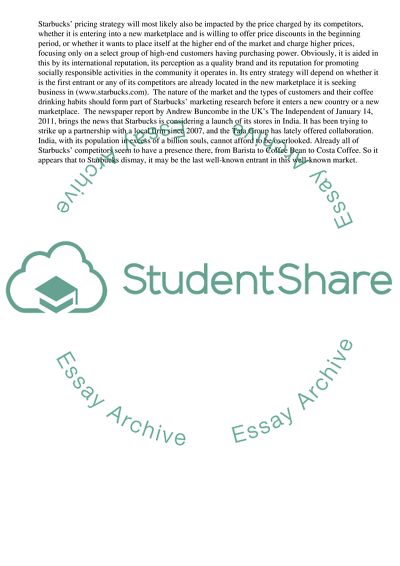Cite this document
(India Wakes Up to Smell of Starbucks Coffee Case Study - 1, n.d.)
India Wakes Up to Smell of Starbucks Coffee Case Study - 1. Retrieved from https://studentshare.org/business/1750130-economic-and-financial-markets
India Wakes Up to Smell of Starbucks Coffee Case Study - 1. Retrieved from https://studentshare.org/business/1750130-economic-and-financial-markets
(India Wakes Up to Smell of Starbucks Coffee Case Study - 1)
India Wakes Up to Smell of Starbucks Coffee Case Study - 1. https://studentshare.org/business/1750130-economic-and-financial-markets.
India Wakes Up to Smell of Starbucks Coffee Case Study - 1. https://studentshare.org/business/1750130-economic-and-financial-markets.
“India Wakes Up to Smell of Starbucks Coffee Case Study - 1”, n.d. https://studentshare.org/business/1750130-economic-and-financial-markets.


